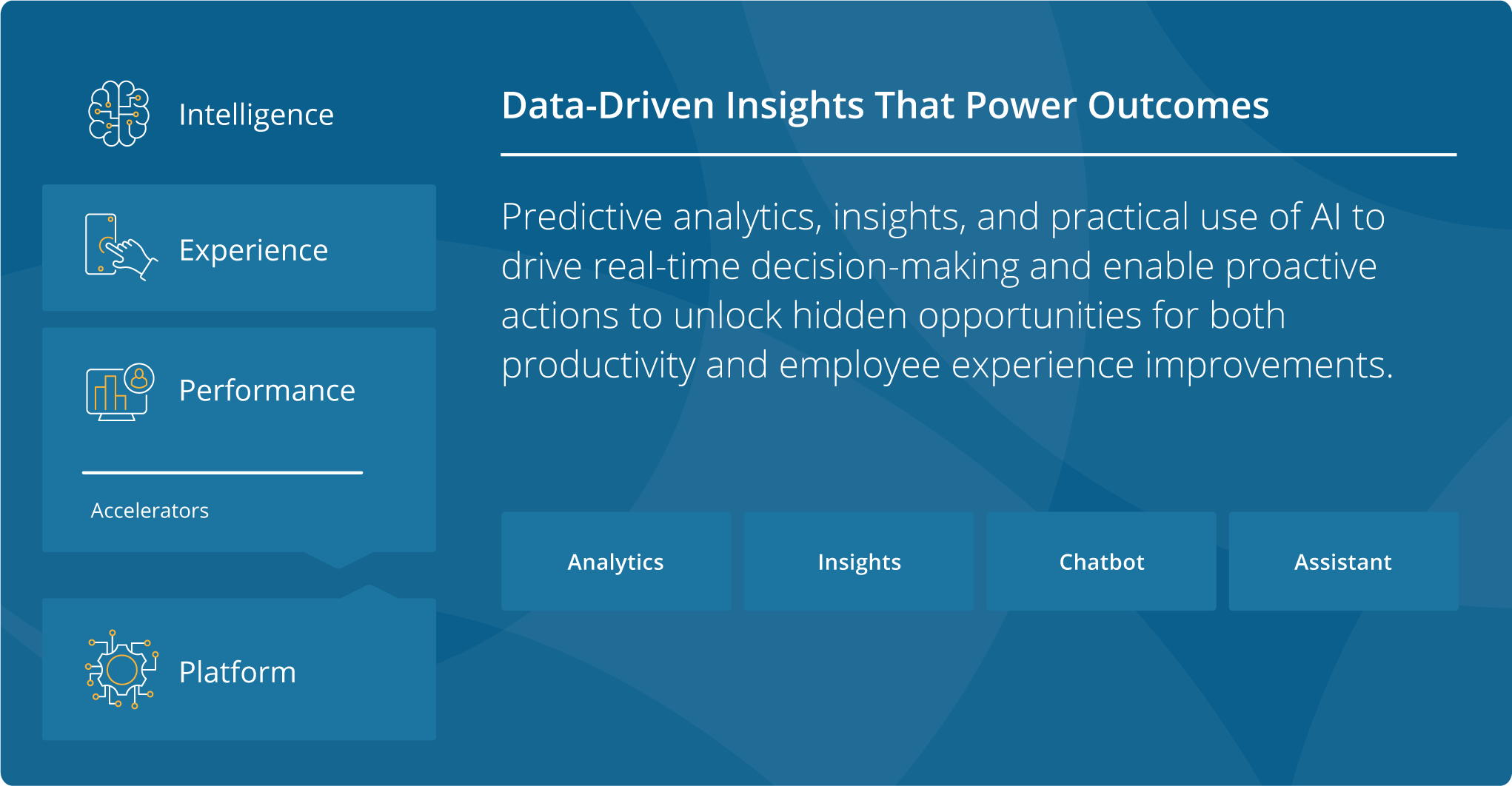Why Too Much Overtime Is Causing Employee Burnout (and How to Fix It)


Jon Olson
Director of Product Management
About one-third of our adult lives is spent working. It provides opportunities for professional growth, funds our day-to-day lives, affords life’s big events, and acts as a much-needed social outlet.
For many, it has also been a source of incredible stress, especially over the past year and a half.
According to employees surveyed in a recent study[1], 2020 was the most stressful year of their lives, with 70% citing increased stress and higher levels of burnout, depression, and loneliness. An estimated 78% of the global workforce is experiencing adverse effects on their mental health due to high workplace pressure (42% of respondents), routine and tedious tasks (41%), and unmanageable workloads (41%).
Overtime has become a common occurrence throughout the COVID-19 pandemic, with employees often forced to fill in gaps caused by the last-minute absence of colleagues facing unforeseen personal responsibilities and health problems. In fact, 45% of employees surveyed in our recent Workforce Experience Gap Study revealed that the pandemic had complicated their work schedule.
On the surface, overtime isn’t necessarily a bad thing, as employees are historically paid a premium for any additional hours worked.
However, studies have shown that frequent overtime can negatively affect performance and risk employees’ health and well-being.
According to Arnold & Itkin LLP[2], overtime can make workers:
- Who clock 60 hours a week 23% more likely to have an accident
- Five times more likely to be involved in a car accident
- Less productive by 2.4% for every 10% increase in hours worked in an industrial setting
Thankfully, modern workforce management technology is making it easier for employers to surface problems before they persist by using predictive analytics and AI to intelligently identify burnout caused by overtime and other issues, enabling them to make smarter decisions that affect the well-being of their entire workforce.
Here are some ways to recognize and mitigate workplace stress caused by overtime:
Use Scheduling Data and AI to Identify Frequent Overtime
Not everyone is comfortable discussing workplace stresses, especially as it relates to their scheduling.
Employees can be reluctant to speak up about their stress levels caused by overtime for fear of negative repercussions, such as receiving fewer (or less favorable) shifts, being seen as unmotivated or “not a team player,” or facing more overt retribution (such as dismissal).
But AI can easily analyze time and attendance data to determine how often an employee has worked consecutive or unplanned overtime (i.e., being forced to pick up last-minute shifts to cover co-workers’ unexpected absences). Employers can use the result as a strong proxy for potential overwork and vulnerability to burnout—and therefore set more effective overtime thresholds.
This can help prevent job injuries and ensure employers don’t experience any costly lags in productivity due to absenteeism, presenteeism, or employee churn.
Surface Problems That Require an Urgent Response with Digital Assistants
Understaffing often leads to more stressed-out, less-productive employees and higher turnover, which can tarnish a brand or an employer’s image. When employees are overworked and don’t have sufficient rest, they’re more likely to show up late for a shift the following day or struggle with their workload, feeding a vicious cycle that leads to even more overwork.
That’s why employers are increasingly exploring the usage of digital assistants in the professional sphere to make predictions and initiate conversations with employees and managers.
AI-enabled digital assistants, for example, can be used to surface urgent alerts—such as when an employee is approaching too much overtime, has worked late the day before, hasn’t had sufficient rest between shifts (e.g., they worked late one day and were asked to come in early the next day), or has yet to clock in for their shift—to help managers make smarter scheduling decisions. The real-time triggers and emerging trends generated and identified by the new generation of modern WFM solutions can help employers respond to potential issues faster.
Not only does this assist the employer by ensuring adequate shift coverage, but it can also help staff rest and recharge when they’ve worked too many days or longer hours than usual.
Employ Chatbots to Capture Employee Sentiment and Improve Their Well-Being
Chatbots have grown in popularity throughout the pandemic as more employers use them to conduct pre-shift COVID-19 screenings safely.
But they can also be used by employers to capture employee sentiment on hours worked, identify scheduling conflicts, and assess their well-being, helping employers make proactive and emotionally intelligent decisions—decisions that would be harder to accomplish without these additional insights or a platform that facilitates real-time communication in tandem.
For example, suppose an employee has been working extra hours or longer days than usual. In that case, a chatbot can be configured to send a pulse survey or questionnaire to find out how they’re feeling about the increased overtime. Based on the recipient’s responses, the next steps can be communicated to the responder or a third party at the company (such as an immediate manager or HR) to more quickly facilitate time-off approvals and shift swaps. Doing so can reduce unplanned overtime costs, prevent payroll leakage, and help mitigate non-compliance risks—all of which impact an employer’s bottom line.
Meet WorkForce Intelligence
Data-driven and proactive intelligence is key for organizations to make timely and informed decisions that create positive outcomes on business performance and employee experience.
As a core pillar of modern workforce management (M-WFM), WorkForce Intelligence surfaces insights through digital assistants, chatbots, highly visual and interactive executive dashboards, and analytics to help organizations identify, prioritize, and raise awareness of emerging trends and potential risk factors, provide guidance on next steps, and measure how the organization is performing against key performance metrics.
The WorkForce Suite
Schedule a demo with one of our experts to see the new and improved WorkForce Suite in action and learn how you can identify and fix issues related to the employee experience with our workforce management software.
Sources:
- Schawbel, Dan. “Robots and chatbots can help alleviate the mental health epidemic.” World Economic Forum. November 4, 2020.
- “4 Dangers Caused by Too Much Overtime.” Arnold & Itkin LLP. June 3, 2021.
Subscribe to The WorkForce Blog
Learn the art and science of maintaining productive, happy, engaged employees.
Discover More
Embedding an ‘Eyes Wide Open’ Mindset Into HR Technology Selection
Gartner guides teams responsible for deciding on their organization’s next HR technology investment to set themselves up for success.
5 Workforce Management Secrets to Thrive in 2021 and Beyond
Download this eBook to learn the 5 secrets that will help your organization shift from surviving to thriving now and in the future and learn how the right workforce management solution can empower your initiatives.
Reshaping Workforce Management Strategies to Meet Growing Employee Expectations
See how evolving preferences and pivotal factors have led to a transformative shift in workforce expectations.




